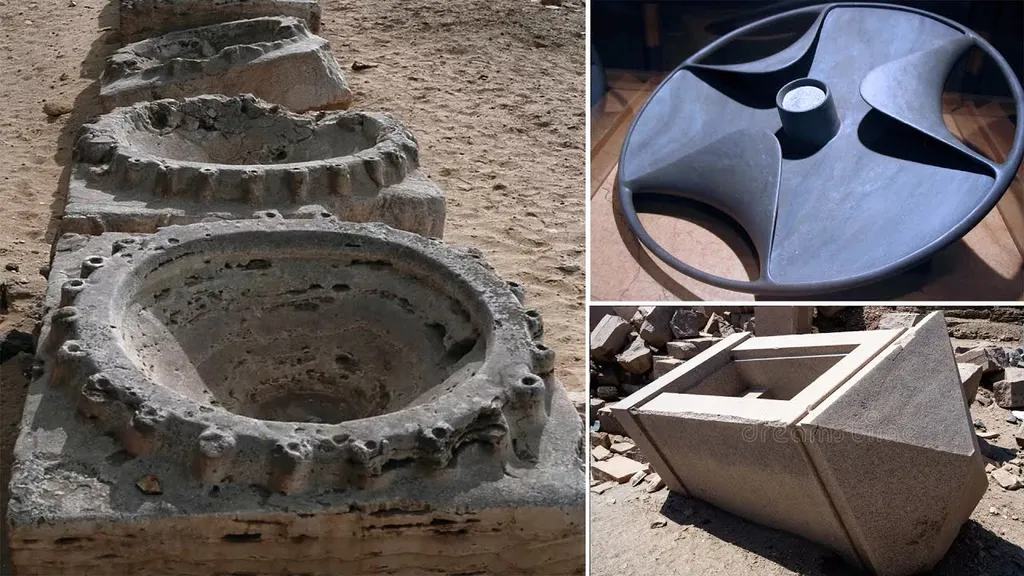In the quest for sustainable construction materials, researchers have made a significant stride by enhancing high-performance geopolymer concrete (HPGC) with recycled industrial wastes. A recent study led by Osama Youssf from the Structural Engineering Department at Mansoura University in Egypt, published in the journal Infrastructures (which translates to “Infrastructures” in English), explores the potential of integrating crumb rubber (CR), glass waste (GW), and ceramic waste (CW) into HPGC, offering promising insights for the construction and energy sectors.
The study evaluates the impact of partially replacing quartz sand with these recycled materials at varying levels (10%, 20%, and 40% by volume). Notably, ceramic waste emerged as a standout performer, significantly boosting compressive strength by 24–29% at 10% and 40% replacement levels. “The enhancement in strength with ceramic waste is particularly exciting,” Youssf remarked, highlighting the potential for more robust and sustainable construction materials.
In contrast, crumb rubber reduced strength by 69.2–83.5%, indicating that while it may not be suitable for applications requiring high compressive strength, it could still find niche uses where its unique properties are beneficial. Glass waste, on the other hand, effectively decreased water absorption by 66–72% compared to ceramic waste and crumb rubber, suggesting improved durability in harsh environments.
The research also delved into the chemical resistance of these materials, revealing that both ceramic waste and glass waste improved resistance to sulfate and acid attacks, reducing compressive strength loss by 15–33%. This is a critical finding for infrastructure projects in aggressive environments, such as coastal areas or industrial sites.
When subjected to elevated temperatures up to 600°C, ceramic waste exhibited superior residual strength, reaching 96.4 MPa compared to 54.5 MPa for glass waste. This thermal stability is particularly relevant for the energy sector, where materials often face extreme conditions.
However, the study found that fully replacing silica fume with glass waste or ceramic waste as a binder resulted in performance deterioration, making it unsuitable for such applications. “While partial replacement shows promise, full replacement is not yet viable,” Youssf noted, emphasizing the need for further research in this area.
The findings of this study underscore the potential of recycled waste materials to enhance the mechanical and durability properties of high-performance geopolymer concrete, making it a viable option for sustainable construction. As the construction and energy sectors increasingly prioritize eco-friendly materials, this research could pave the way for innovative applications that reduce waste and improve performance.
The integration of ceramic waste and glass waste into HPGC not only addresses environmental concerns but also offers economic benefits by utilizing industrial byproducts. This dual advantage could drive widespread adoption in the construction industry, fostering a more sustainable future.
As the world grapples with the challenges of climate change and resource depletion, studies like this one are crucial in shaping the future of construction materials. By leveraging recycled industrial wastes, researchers are not only enhancing the performance of HPGC but also contributing to a circular economy that minimizes waste and maximizes resource efficiency.
In the words of Youssf, “This research demonstrates that sustainable construction is not just a possibility but a reality that we can achieve today.” The findings published in Infrastructures offer a compelling case for the construction and energy sectors to embrace these eco-friendly alternatives, driving innovation and sustainability in the built environment.

